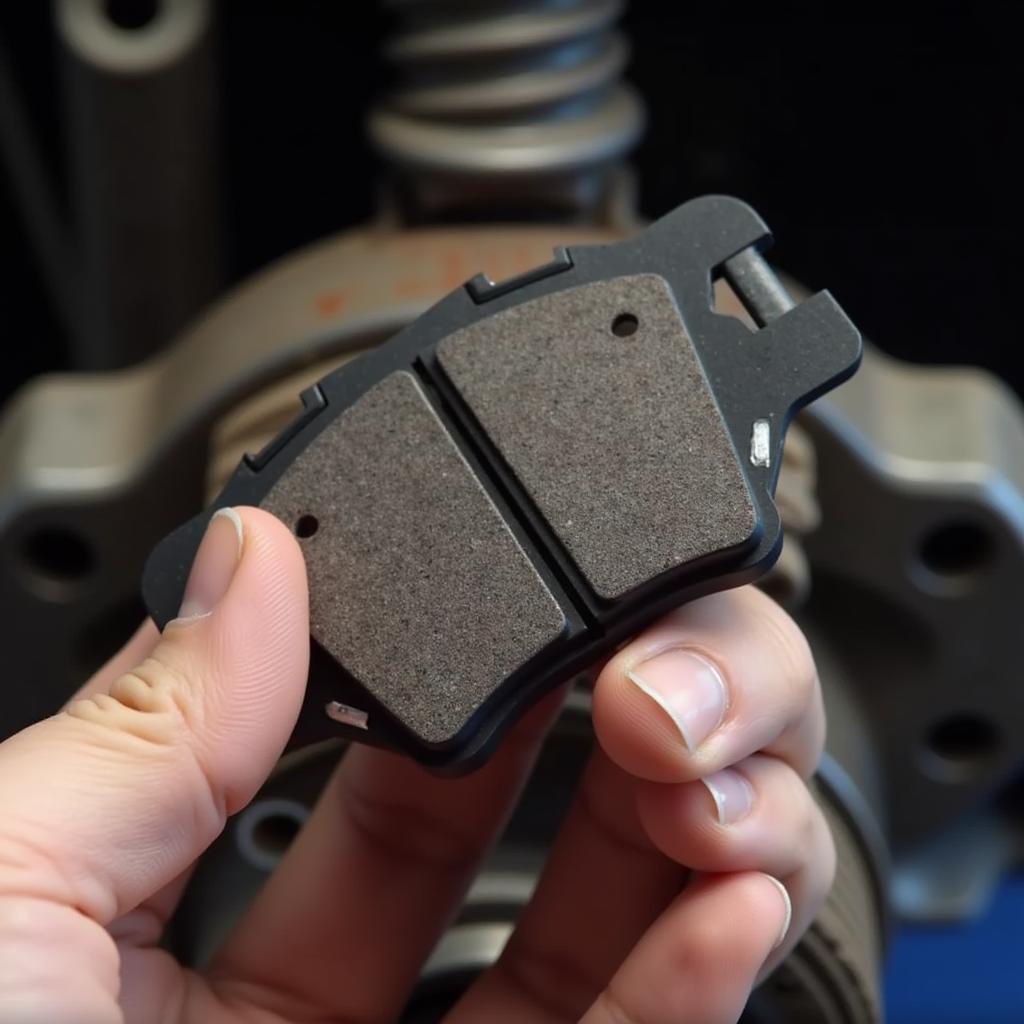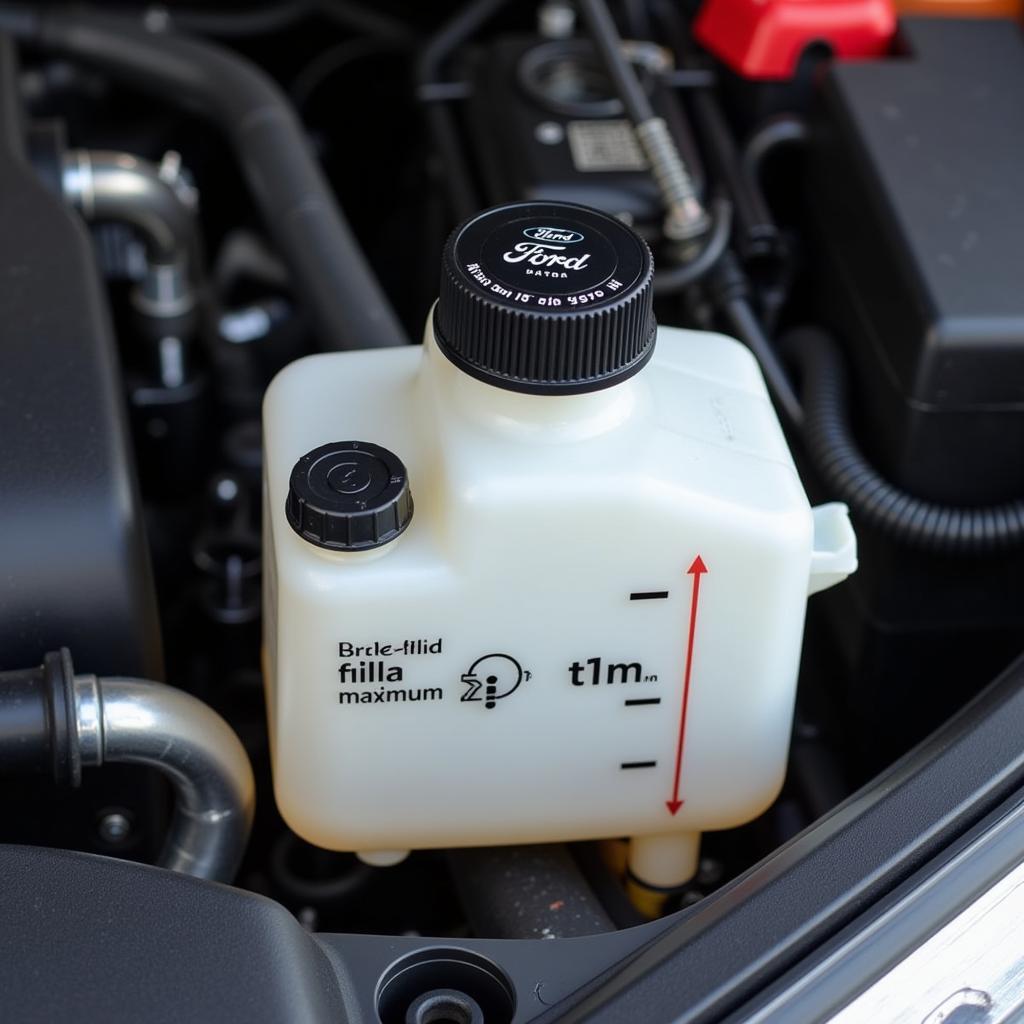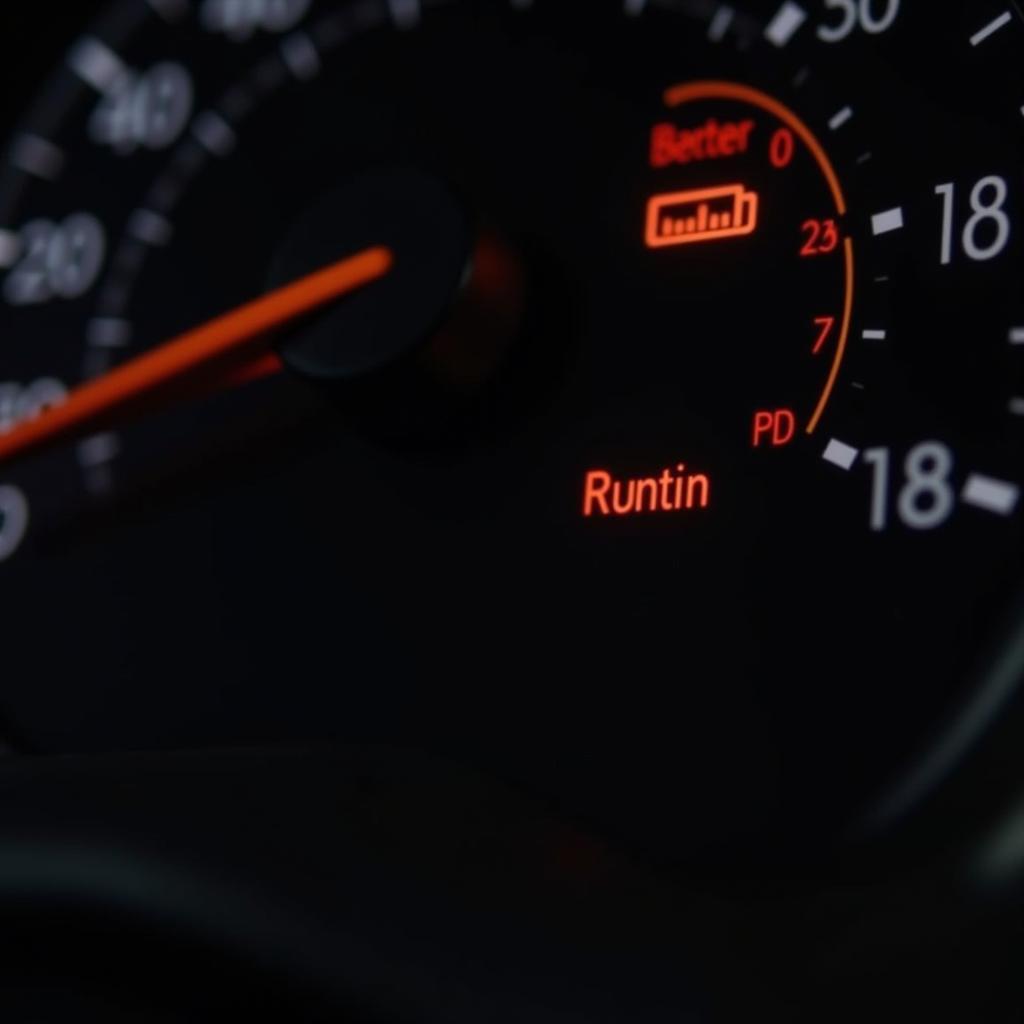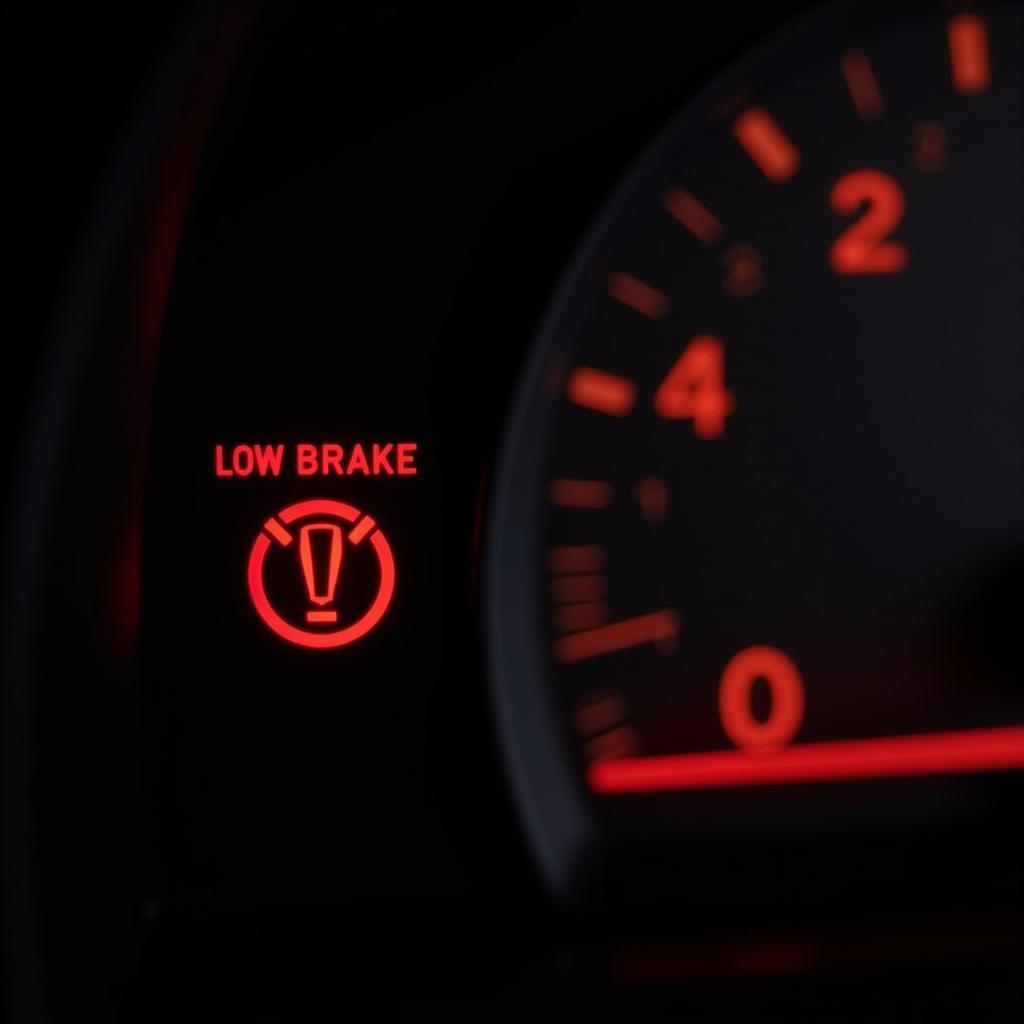A flickering brake warning light on your Ford Focus can be a nerve-wracking experience. It signals a potential issue with your braking system, demanding immediate attention. This article dives deep into the common causes of a flickering brake light on a Ford Focus and provides practical solutions, ranging from simple DIY fixes to more complex repairs requiring professional assistance.
Understanding Your Ford Focus Brake Warning Light
The brake warning light is designed to alert you to potential problems within the braking system. A solid light usually indicates low brake fluid, while a flickering light often suggests a more complex issue. Ignoring this warning could lead to serious safety risks.
Common Causes of a Flickering Brake Warning Light
Several factors can cause your Ford Focus brake warning light to flicker. Let’s explore some of the most common culprits:
Low Brake Fluid
While a solid light typically indicates low brake fluid, a flickering light can also be a sign that the fluid level is critically low. This can happen due to leaks in the brake lines or worn-out brake pads.
Faulty Brake Light Switch
The brake light switch is responsible for activating the brake lights when you press the pedal. A malfunctioning switch can cause erratic behavior, including a flickering brake warning light.
ABS Issues
The Anti-lock Braking System (ABS) is a crucial safety feature. A problem with the ABS module, wheel speed sensors, or wiring can trigger a flickering brake light.
Worn Brake Pads
Worn brake pads can trigger the brake pad wear sensor, causing the warning light to flicker. This is a relatively straightforward fix, but ignoring it can lead to more serious problems.
Loose or Corroded Wiring
Loose or corroded wiring connections within the braking system can interrupt the signal and cause the warning light to flicker intermittently.
Troubleshooting the Flickering Brake Light
Here’s a step-by-step guide to help you troubleshoot the flickering brake warning light on your Ford Focus:
-
Check the brake fluid level: Open the hood and locate the brake fluid reservoir. Ensure the fluid level is within the recommended range.
-
Inspect the brake light switch: The brake light switch is located above the brake pedal. Check for any loose connections or damage.
-
Examine the brake pads: Visually inspect the brake pads for wear. If they appear thin or worn, they likely need replacement.
-
Check for wiring issues: Inspect the wiring connections within the braking system for any signs of looseness, corrosion, or damage.
 Checking Ford Focus Brake Pads
Checking Ford Focus Brake Pads
When to Seek Professional Help
If you’ve performed these checks and the brake warning light continues to flicker, it’s essential to seek professional help. A qualified mechanic can diagnose the problem accurately using specialized diagnostic tools.
“A flickering brake warning light is never something to ignore,” says John Davis, a certified automotive technician with over 20 years of experience. “It’s always best to err on the side of caution and have a professional diagnose the issue.”
Preventing Future Issues
Regular maintenance is crucial for preventing brake problems. This includes routine brake inspections, fluid flushes, and timely replacement of worn components.
 Ford Focus Brake Fluid Reservoir
Ford Focus Brake Fluid Reservoir
Conclusion
A flickering brake warning light on your Ford Focus should never be ignored. By understanding the potential causes and following the troubleshooting steps outlined in this article, you can address the issue effectively and ensure your safety on the road. Remember, when in doubt, consult a qualified mechanic for a thorough diagnosis and repair.
FAQ
-
What does a solid brake warning light mean? A solid brake warning light typically indicates low brake fluid.
-
Can I drive with a flickering brake warning light? While you might be able to drive, it’s highly recommended to address the issue immediately to avoid potential safety risks.
-
How often should I check my brake fluid? It’s a good practice to check your brake fluid level at least once a month.
-
How much does it cost to replace a brake light switch? The cost can vary depending on the make and model of your car, but it’s generally a relatively inexpensive repair.
-
How often should I have my brakes inspected? Brake inspections are typically recommended every 12,000 miles or once a year.
-
What are the signs of worn brake pads? Signs of worn brake pads include squealing or grinding noises, reduced braking performance, and a vibrating brake pedal.
-
Is it safe to replace brake pads myself? While it’s possible to replace brake pads yourself, it’s recommended to have a qualified mechanic perform the repair if you’re not comfortable working on your car’s braking system.



